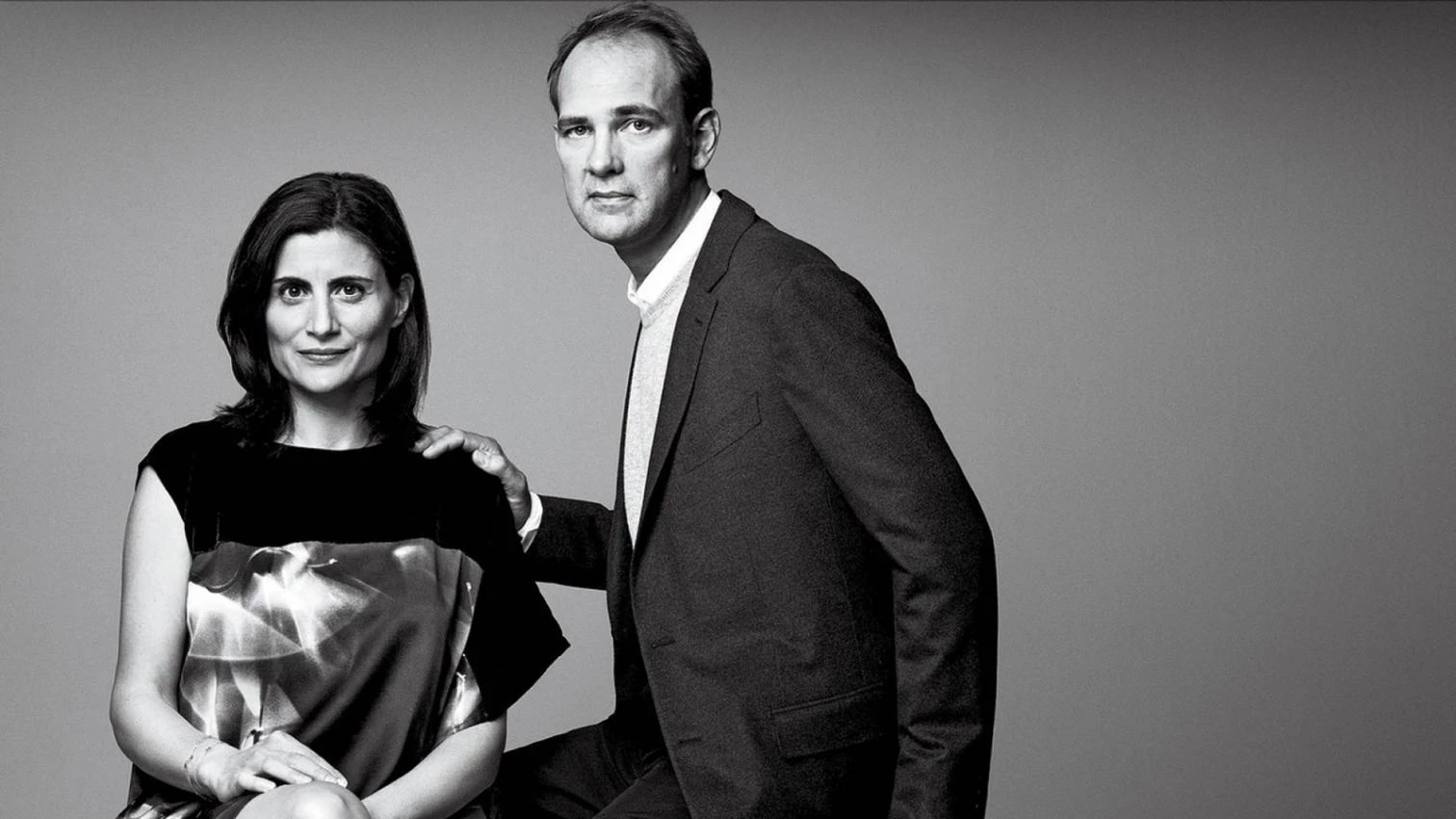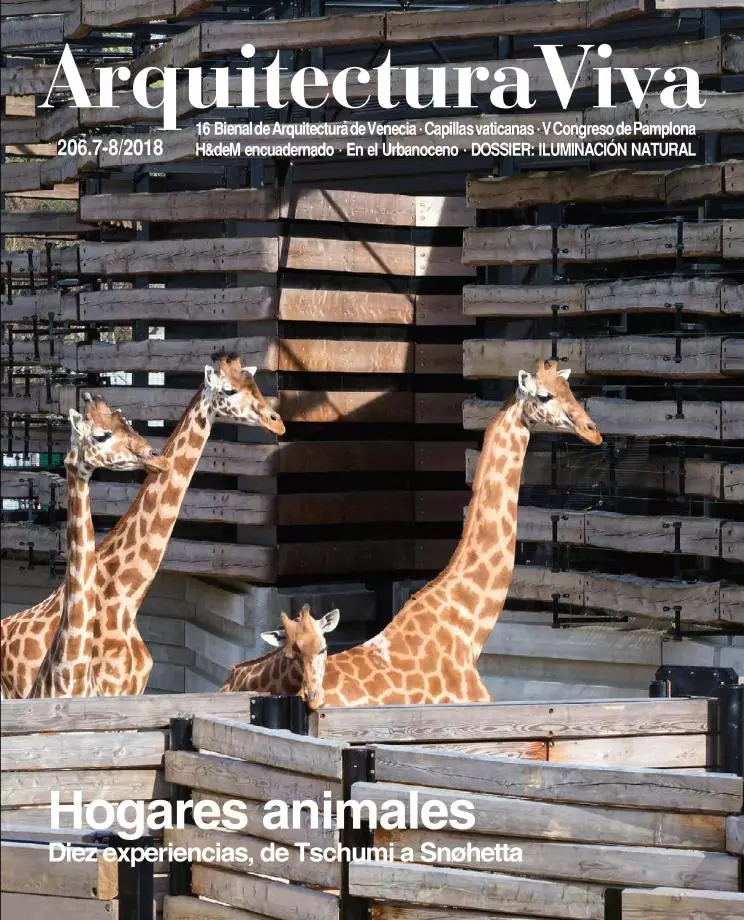
Back in 2009 Andraos and Wood published 49cities, a quantitative study that looked at density, infrastructures, water, and green spaces. In design and content it was an early manifestation of the WORKac spirit: curious, synthetic, committed, optimistic, interested in history as a springboard to the future.
Their new book reinvents the monograph while journeying through 15 years of working with objects of all sizes, buildings worked on and urban projects conceived as artificial natures. The guiding thread is a retrospective conversation led by an invisible Alfie Koetter that pauses at ten key projects while recounting seemingly insurmountable crises and risky decisions made in the process of negotiating an uncertain future. Something about the dialogue, captured on paper by the designer Neil Donnelly, is like a private exchange overheard, teeming with references no one mentions and enriching readings that nourish the conviction that the architect’s main tool is design, and that the strength of our discipline lies in turning contradictions into work materials.
WORKac defends the artificial nature of architecture, takes spaces as experience; puts emotions into volumes and planes without sublimating materials; figures out how to preserve heritage while looking forward; handles diagrams as antidotes to the fetishization of construction details; and upholds aesthetic quality as being inherent to design. Their proposals include ‘aquaponics,’ ‘infoodstructures,’ and new forms of work and mobility, resulting in city number 50.






